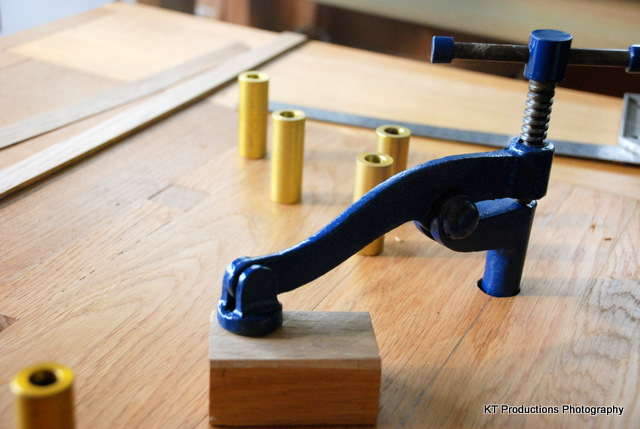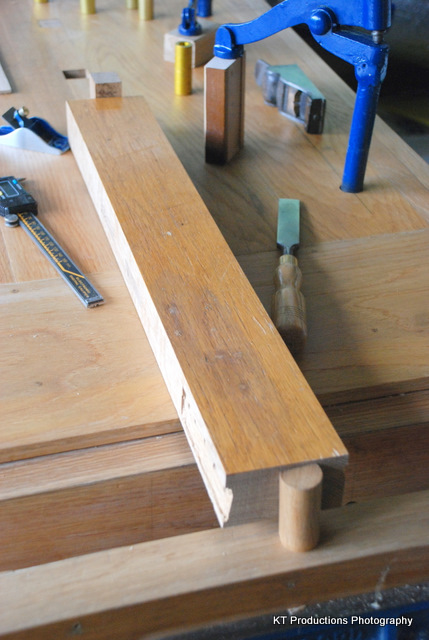TrimTheKing
Established Member
You have embedded the thumbnail URL from imageshack by the look of it.squib":138mw722 said:ps. I would love to know how to post my pics a little larger,any pointers?
I took the URL from the right hand side of your main imageshack page and tried that but it's huge, so what you need to do in future is:
- use an app to scale the picture to the size you want to show it at on the forum
- then upload to imageshack
- then use the Embed this image>Forum URL and that will stick the larger pic in the post.
Hope that makes sense




































